1. Sterling Ruby
NEW YORK—Sterling Ruby: Ceramics (Museum of Arts and Design, October 3, 2018 through March 17, 2019) has drawn the attention and praise of Roberta Smith, senior art critic of the New York Times:
“It’s good to see Mr. Ruby showing only ceramics, his core medium, much as I like his spray paintings and his Schnabelesque textile works. He is simply at his most original and disruptive in ceramics, in terms of process, meaning and visual expectation. His efforts give you more to look at and think about than anything else he does.
His often monumental and extravagantly glazed objects ricochet between extremes of beauty and ugliness. Some seem to have survived fires or vandalism; others suggest volcanoes about to erupt. They combine the scale of sculpture and chromatic richness of painting. But these works also drill into the history and processes of ceramics itself. They encompass loss, violence, the passage of time, the rise and fall of civilizations, the lavishness of ritual yet they’re also funny, indulgent and outrageous. And they’re life-enhancing, elaborating as they do on the most natural and widespread of all mediums. There is no culture in history that has not produced great ceramics.”
To read more of this review click here.
To read more in CFile about Sterling Ruby click here.
2. Rafa Esparza
NORTH ADAMS, MA—Rafa Esparza’s Staring at the Sun (Mass MoCA, January 19 to December 2019) described by Mass MoCA:
“Rafa Esparza first used the labor-intensive process of hand-making adobe bricks in 2014. Extending the skill he learned from his father — who made adobe bricks in Mexico to sell and to build his first home. Staring at the Sun is a solo exhibition in which Esparza will continue this investigation by creating a new space out of adobe, while also returning to his practice as a painter.
Traditionally made by hand with dirt and other organic material such as clay, horse dung, hay, and water, adobe is among the earliest of human building materials. Due to their remarkable strength, sundried structures were extremely durable and functioned as some of the earliest architectural foundations for indigenous communities across the Americas. Adobe construction is still prevalent across the Southwest, a source of both strong and readily available building materials and income for the skilled laborers who use it.”
In ArtForum Esparza explains his exploration of adobe which has created ‘brown architecture:’
“My interest in browning the white cube — by building with adobe bricks, making brown bodies present — is a response to entering traditional art spaces and not seeing myself reflected. This has been the case not just physically, in terms of the whiteness of those spaces, but also in terms of the histories of art they uphold.”
To read more of the Mass MoCA review, click here.
To read more in CFile about Rafa Esparza, click here.
3. Mingei
TOKYO—Mingei: Another Kind of Art (Japan Folk Crafts Museum, November 2018 to February 2019) examines a pivotal crafts movement:
“’In 1925, the Japanese philosopher Muneyoshi Yanagi (1889-1961) coined the term ‘mingei’ to refer to folk arts and crafts that involved high levels of skill’, writes Yukari Tanaka, ‘but made by unknown craftspeople. Being created from local materials, made in traditional colors and involving long-established manufacturing processes, such works reflect the customs of various regions in Japan. Yet the crafts have also gradually and imaginatively evolved as skills have been passed down for generations.’
Mingei: Another Kind of Art brings together 150 new and old mingei pieces, accompanied by videos of production processes and interviews with creators. Also included are photographs of other works and rare mingei-related documents dating back to the establishment of the Folk Crafts Museum during the 1930s.”
To read more of this review click here.
To read more in CFile about the Mingei movement click here.
4. Pippin Drysdale | Warrick Palmateer
PERTH—Confluence (John Curtin Gallery, 28 Sept – 2 Dec 2018) brings together the ceramic artworks of Pippin Drysdale and Warrick Palmateer, exploring their unique collaboration, common strengths but also celebrating their differences. Both artists have created major new works especially for this exhibition, contrasting their own distinctive aesthetic language and passion for different aspects of Australia’s natural environment. One profoundly important quality that both artists share and which radiates with hypnotic authority from their finished work, is their obsessive pursuit of excellence. Palmateer and Drysdale have each refined their skills relentlessly and their extraordinary capacity to collaborate in a seamless and respectful, almost symbiotic way, to produce Drysdale’s work with such consistently inventive and striking forms over more than twenty five years, is almost miraculous. By bringing these two dedicated and exceptionally skilled artists together in Confluence, I wish to honor and explore the compelling collaborative processes through which together – and in Palmateer’s own work, alone – these two artists continue to push themselves and each other, to conjure some of the most breathtaking ceramic forms ever made in Australia.
Visit the exhibit here.
Visit Pippin Drysdale’s website here.
Visit Warrick Palmateer’s website here.
5. Bente Skjøttgaard
PARIS—Slash, in an excellent review of Bente Skjøttgaard’s exhibition (Galerei Maria Lund, November 10, 2018 – January 10, 2019) takes on her work:
“At the risk of sounding narcissistic — Look at me! — the title of Bente Skjøttgaard’s new exhibition is not the epitome of discretion, for two reasons: First of all, because of the source of inspiration, the subject matter itself: a particularly reflective species that ineluctably catches the eye because of its luminous beauty. It is the so-called Sea walnut, a Comb jelly referred to as Mnemiopsis leidyi in Latin. Second of all, because of the great damages that this small auto-fertilising hermaphrodite has been causing since its accidental introduction in the Black Sea by the water spillage of cargos in the 1980s: a preoccupying biological and environmental reality that requires attention.”
The sea organism Mnemiopsis leidyi can be identified mostly by its luminosity and the outlines of its lobes and their combs made of thousands of small lashes, which impulsions allow it to move in currents. Bente Skjøttgaard’s new sculptures come from these outlines. They shape as wide-open structures, like organic stems attached to a center and carried by a thin circular support. Even the most “tranquil” of these artworks stun by their catchy suppleness, their breath and the illusion of a movement, despite the fact that the dynamics of their matter have come to a standstill by hardening in the kiln. These sculptures strut by showing off their eye-catching enamel garments between pastel discretion and gaudy carmines, crimsons and cobalt blues or dressed in darker hues matching the secrets of the depths… “
Visit the artist’s website here.
Visit the gallery here.
Read the full review here.
6. Mai-Thu Perret
LONDON— Simon Lee Gallery displayed a solo presentation of works by Mai-Thu Perret (30 November 2018 – 12 January 2019):
“Known for her multi-disciplinary practice that engages installation, performance, sculpture, textile, and the written word, Perret derives inspiration from such avant-garde art movements of the twentieth-century as Dada, Constructivism and Bauhaus design, exploring the ways in which modernist form and artisanal genres, including craft, fashion and theatre, collide.
Perret’s ceramic wall reliefs are at once representational and abstract, morphing from geometric shapes into figurative forms found within the fictive universe of The Crystal Frontier, both quotidian – eggs, gates, heads of hair – and esoteric – ancient symbols and patterns that also occur within the modernist canon to illustrate universal themes. In this way the artist invokes the plastic nature of clay, a malleable material that loses its elasticity once it is fired in the kiln. Distinguished by their minimal compositions the ceramics nonetheless conjure a myriad of associative images, only enhanced by their lyrical titles, which recall ‘capping phrases’, an articulation of the experience of enlightenment in the tradition of Zen Buddhism.”
Visit the exhibition and read more of the review here.
Read past CFile posts on Perret here.
7. Ai Weiwei
PARIS—Ai Weiwei is “unbroken” at the Gardiner Museum. Joobin Bekhrad for The Art Newspaper writes:
“Unbroken, an exhibition of works by the dissident Chinese artist Ai Weiwei at Toronto’s Gardiner Museum, comes at ‘an interesting time in Canada-China relations’, as its curator, Sequoia Miller, said with a laugh at a press preview this week. Since the arrest in Vancouver of Meng Wanzhou, the chief financial officer of the Chinese technology giant Huawei, last December and the subsequent detention of numerous Canadian citizens in China, relations between the two countries have been anything but rosy. The museum’s decision to put a spotlight on Ai, for whom the Chinese authorities harbour little affection, only highlights the tensions.
Miller says that one goal of the show is to showcase Ai’s work in ceramics: ‘He’s not often conceived of as a ceramic artist, but in fact, he’s been engaged with the medium for over 25 years in a very deep, nuanced and varied way,’ she says. And though the show will not foster a détente, the curator hopes it will ‘add nuance to people’s perceptions of what it means to be Canadian’ and ‘what it means to be Chinese’.”
Visit Gardiner Museum here.
Read the many past CFile posts about Ai Weiwei here.

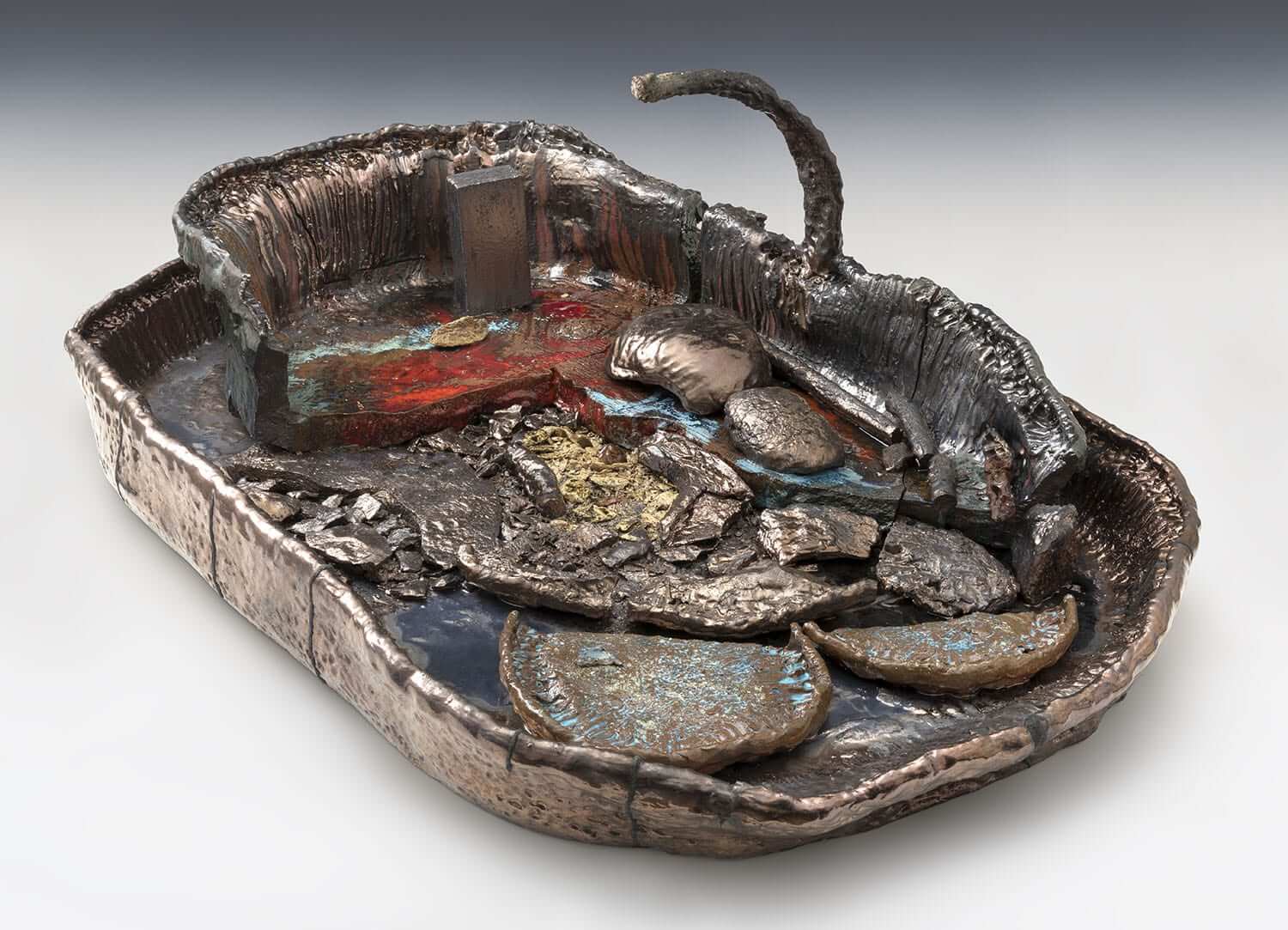
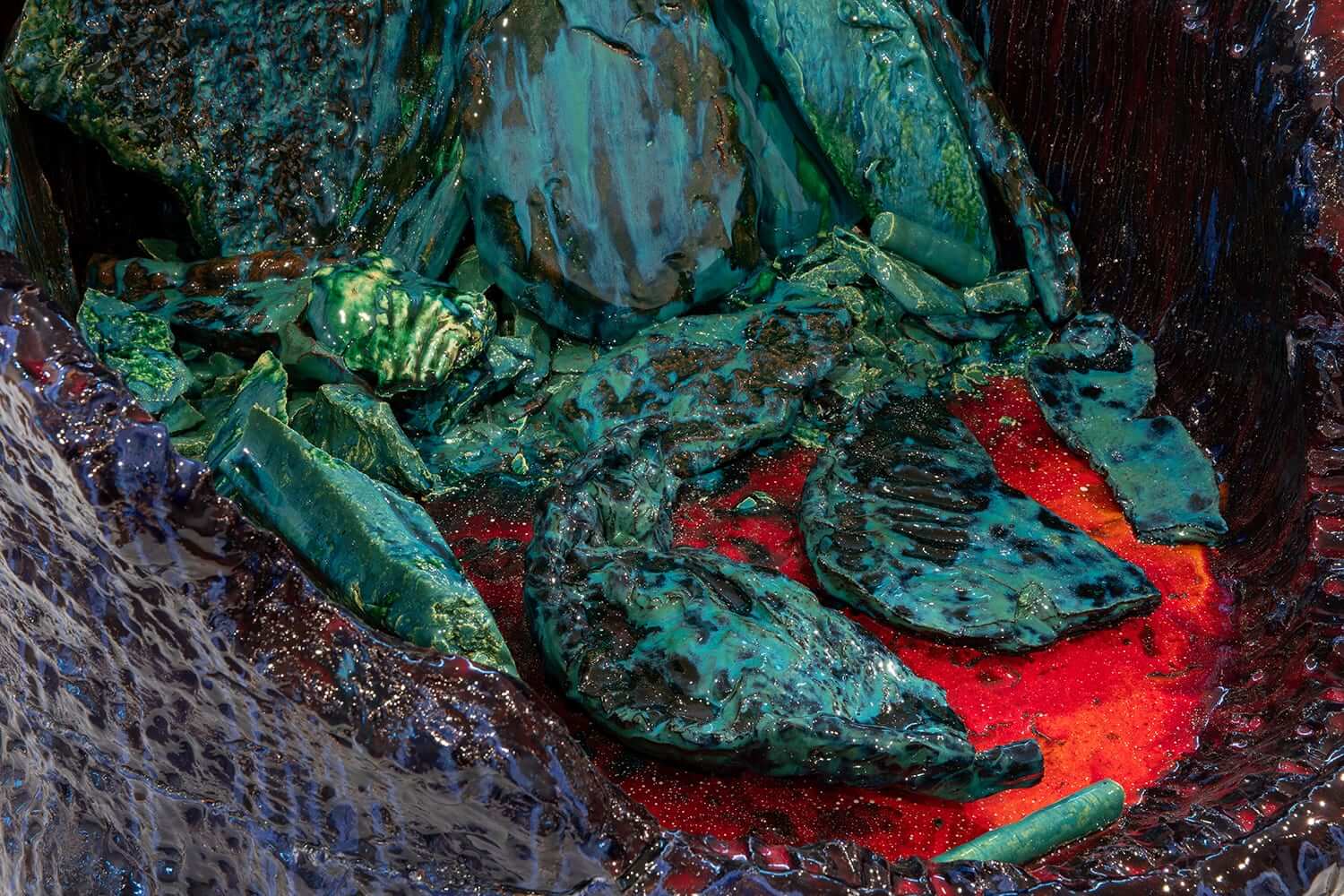

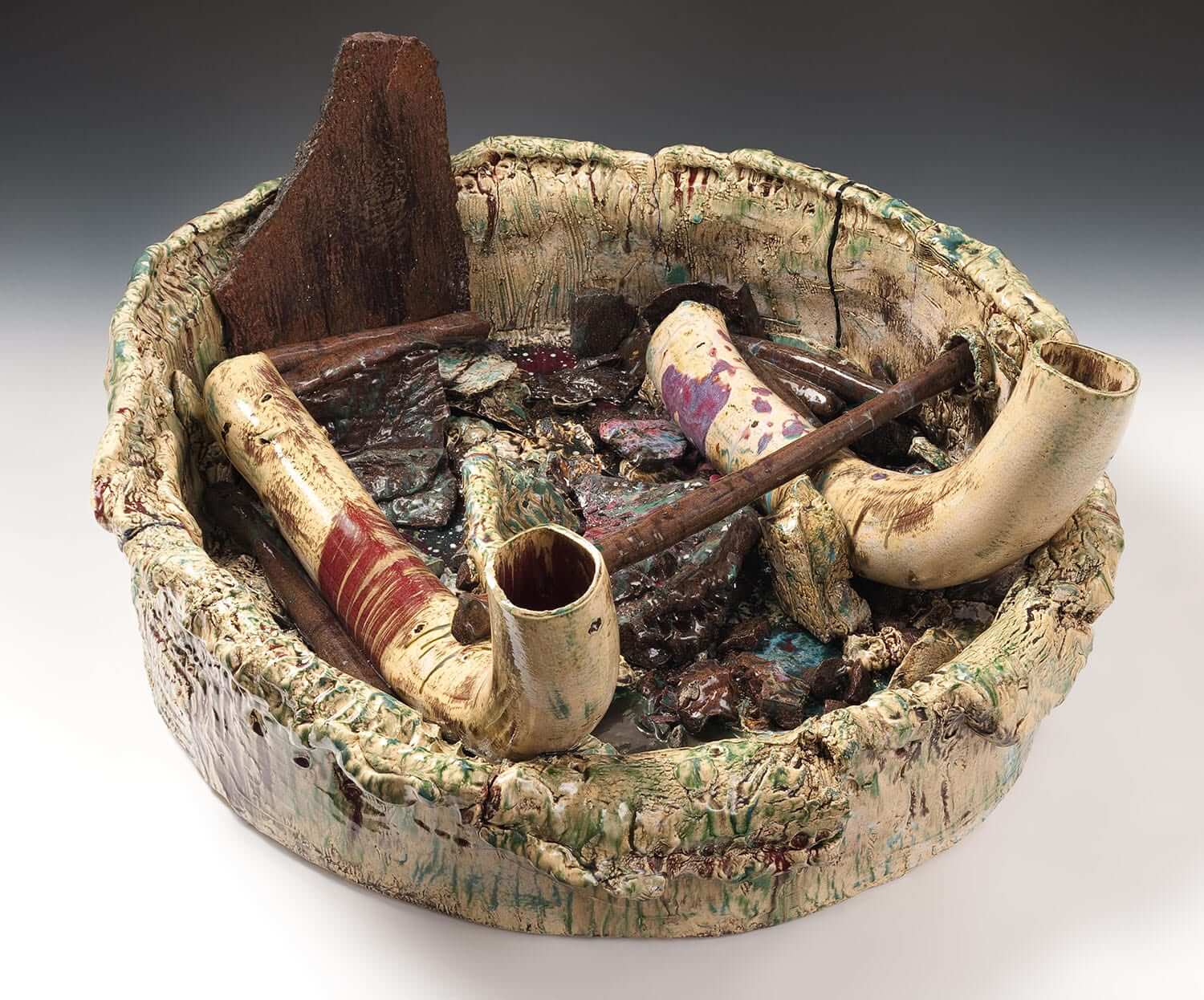
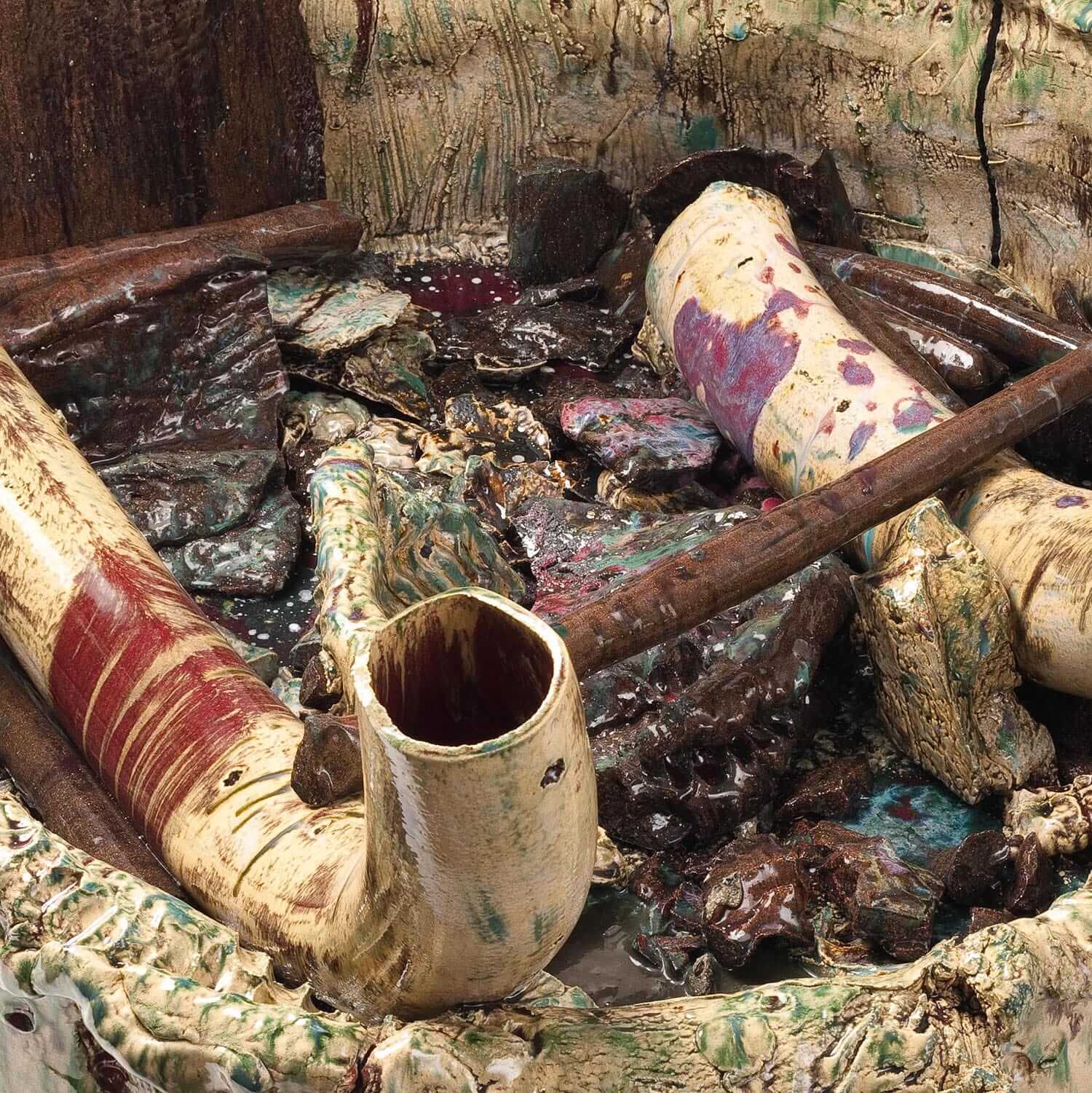
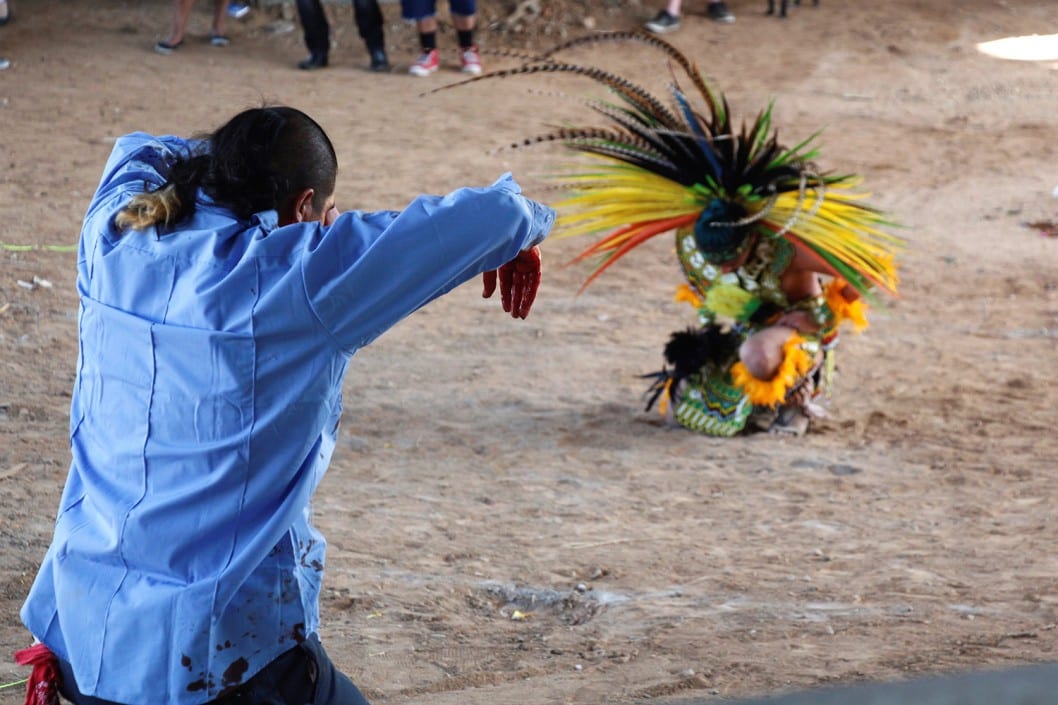

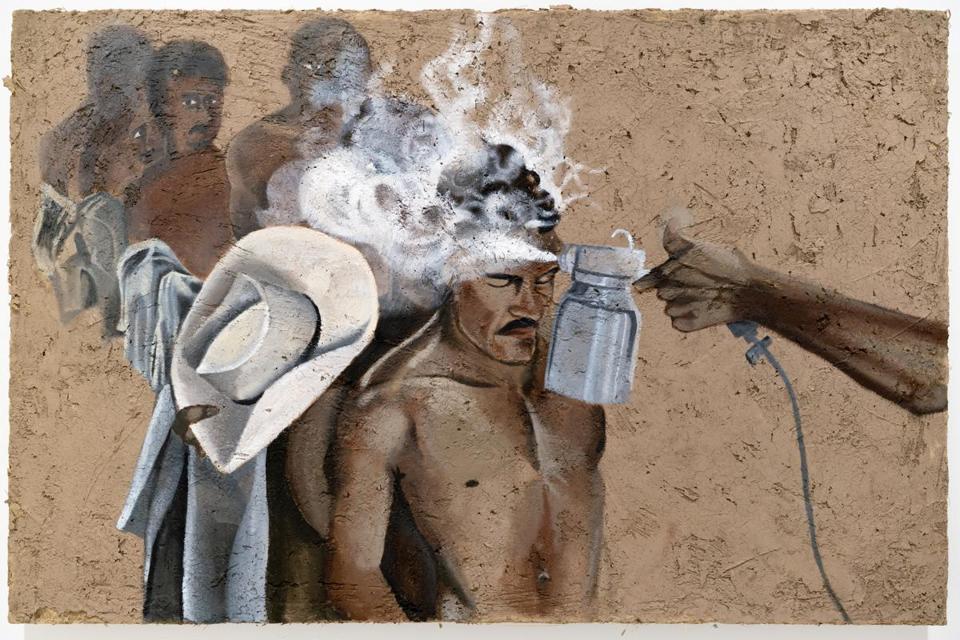
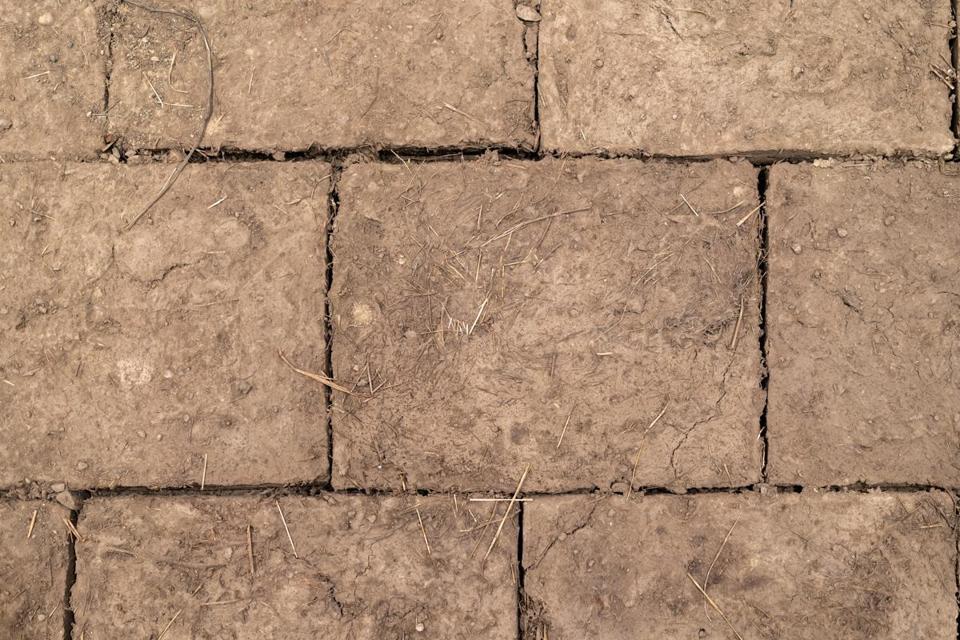

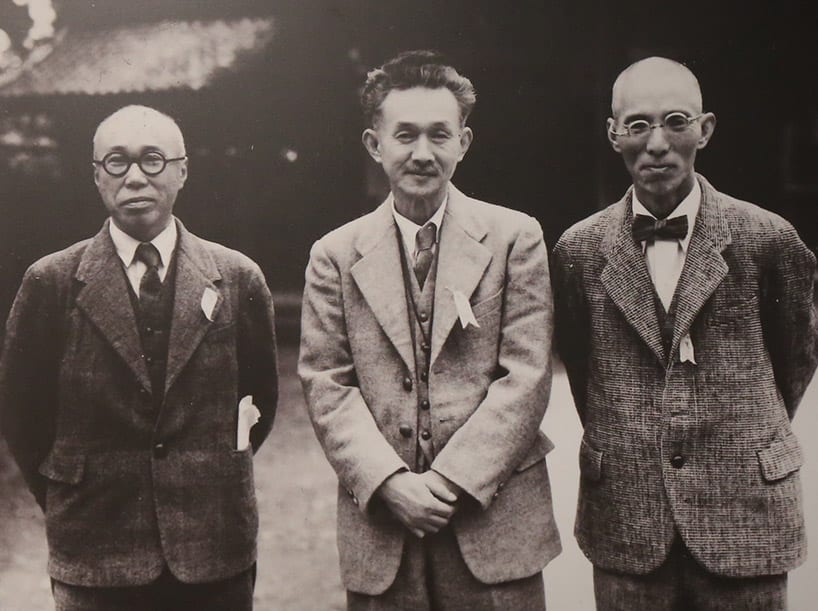
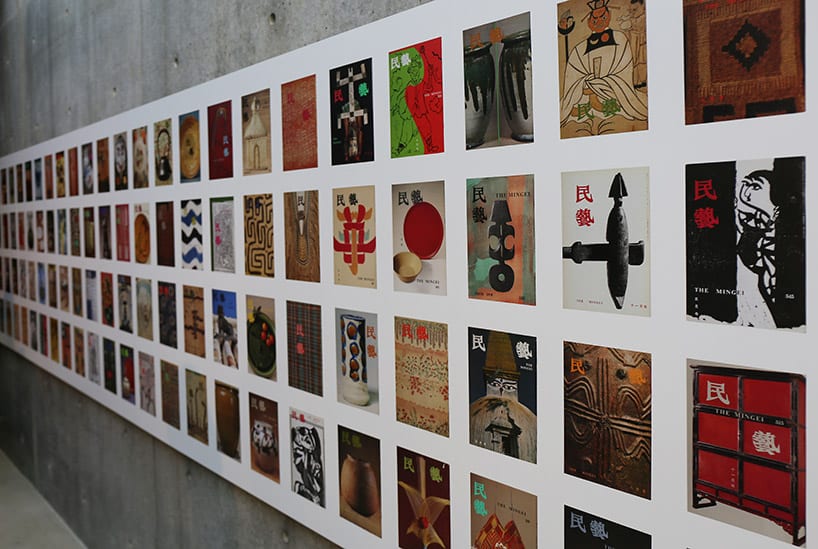
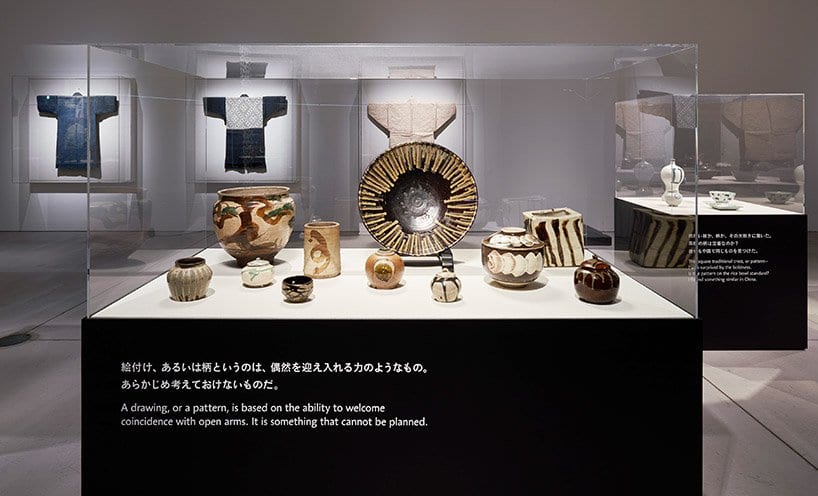

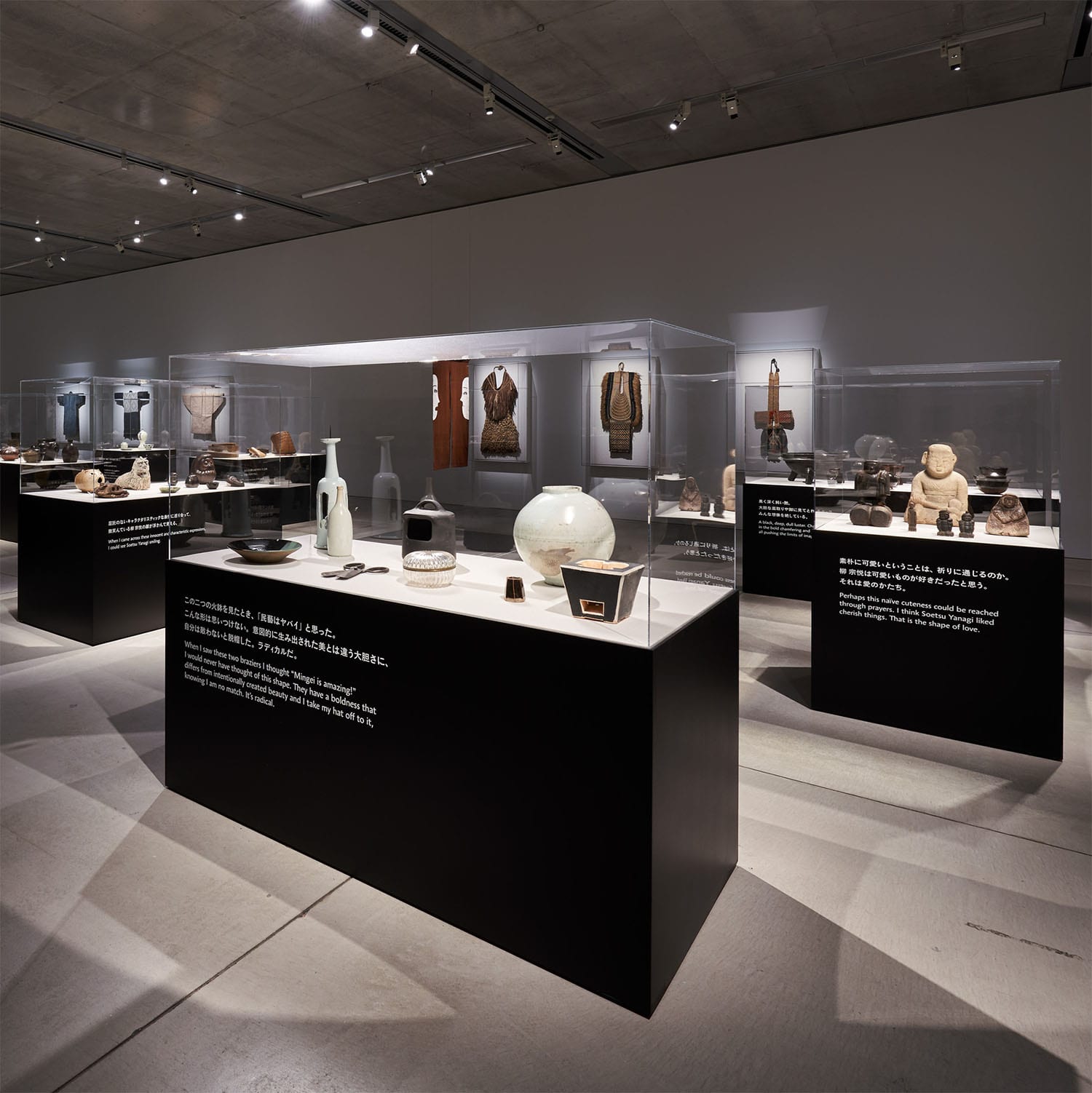
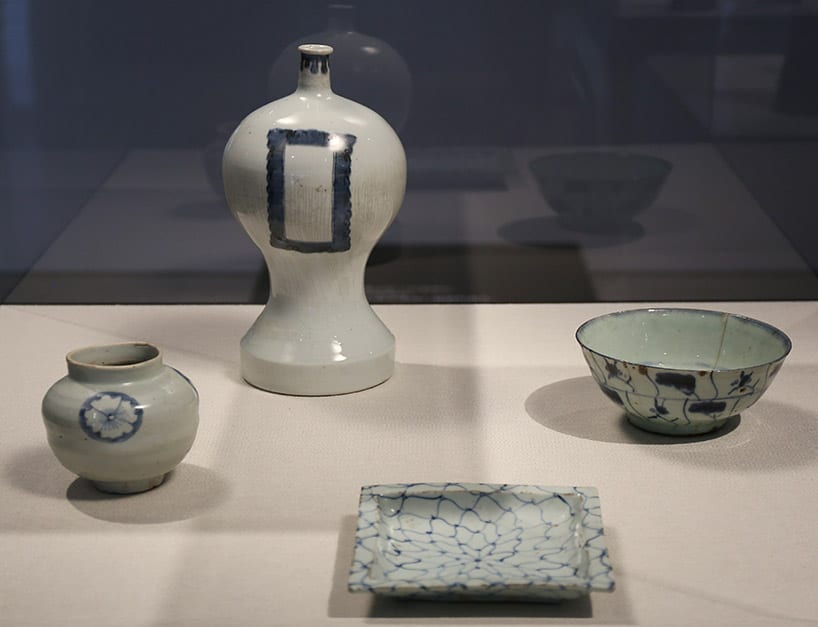


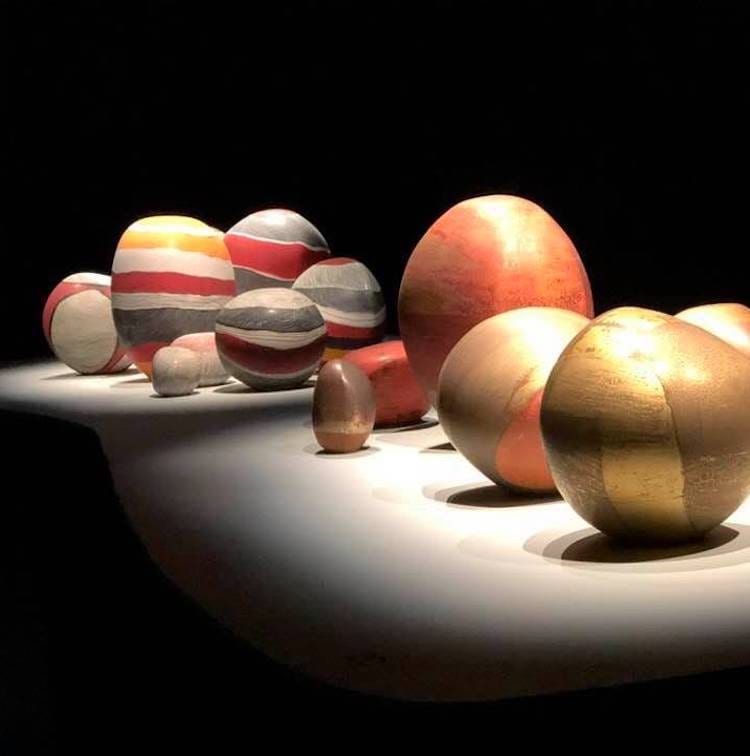

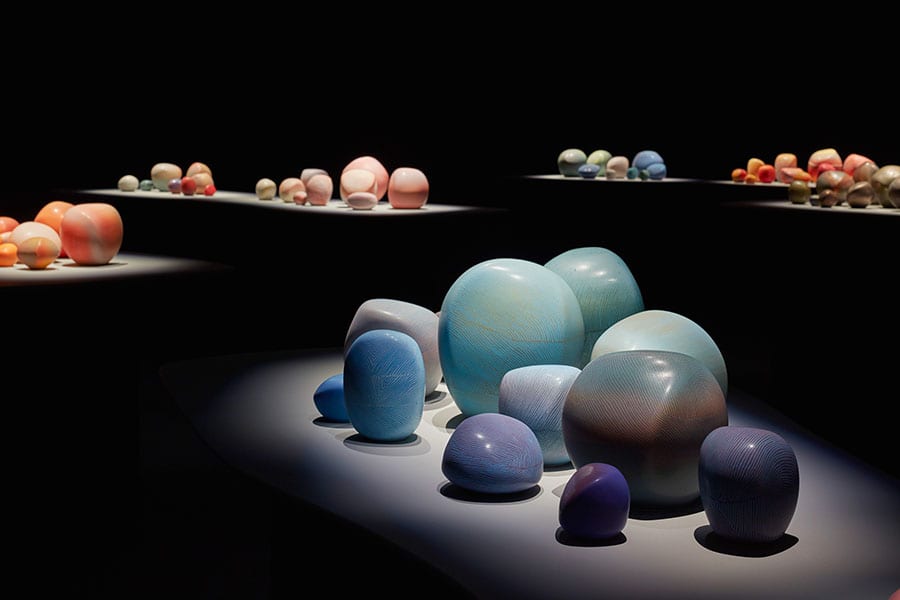
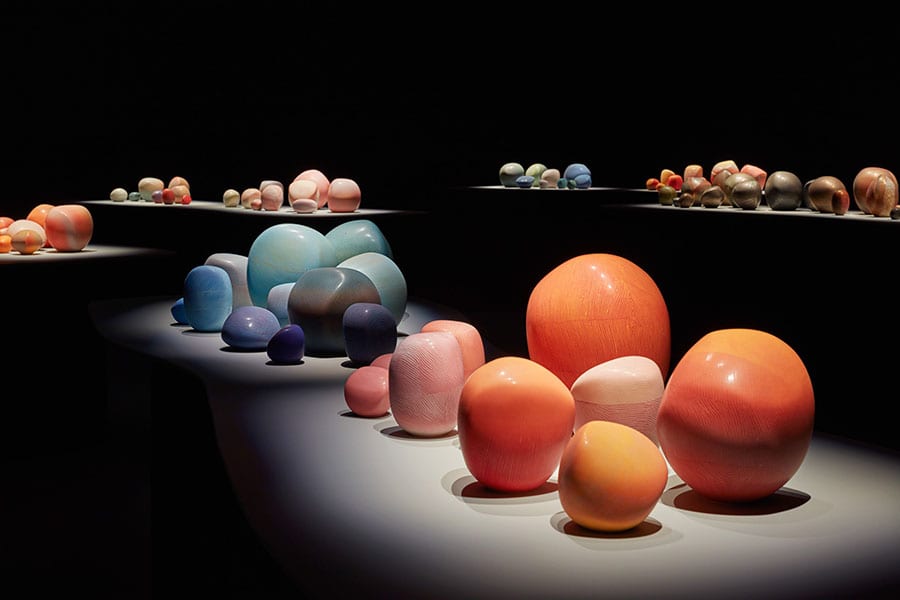

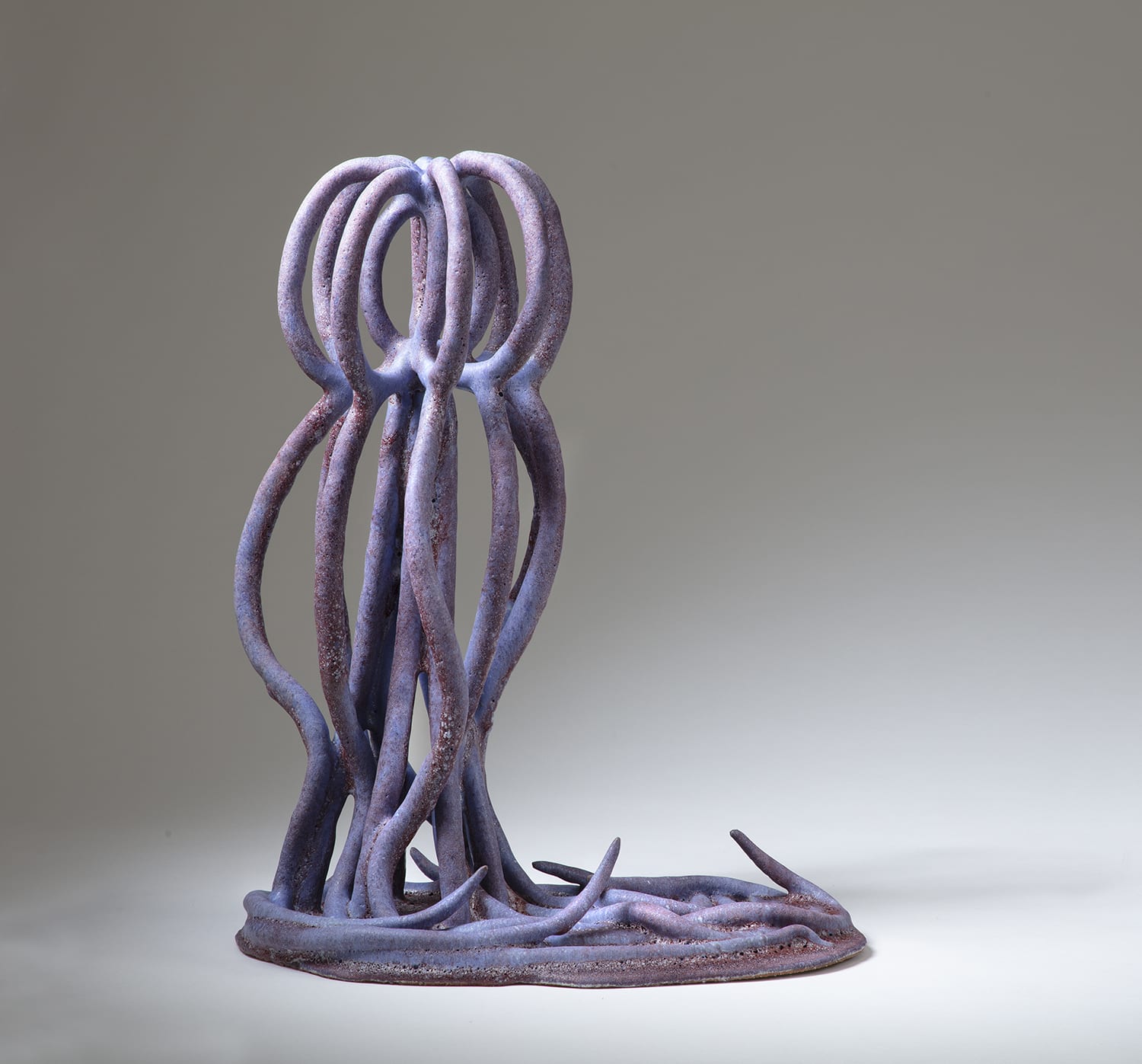

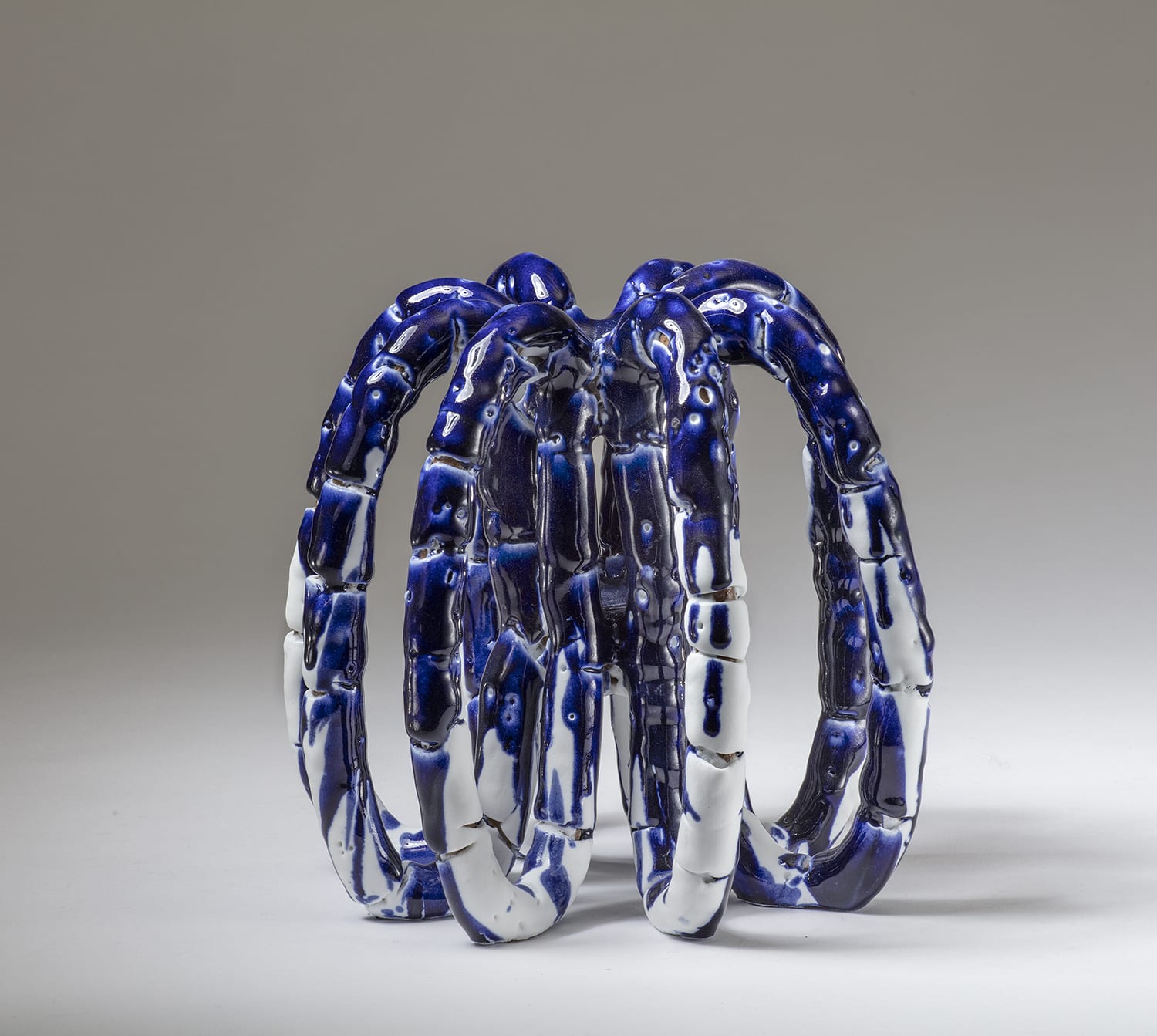
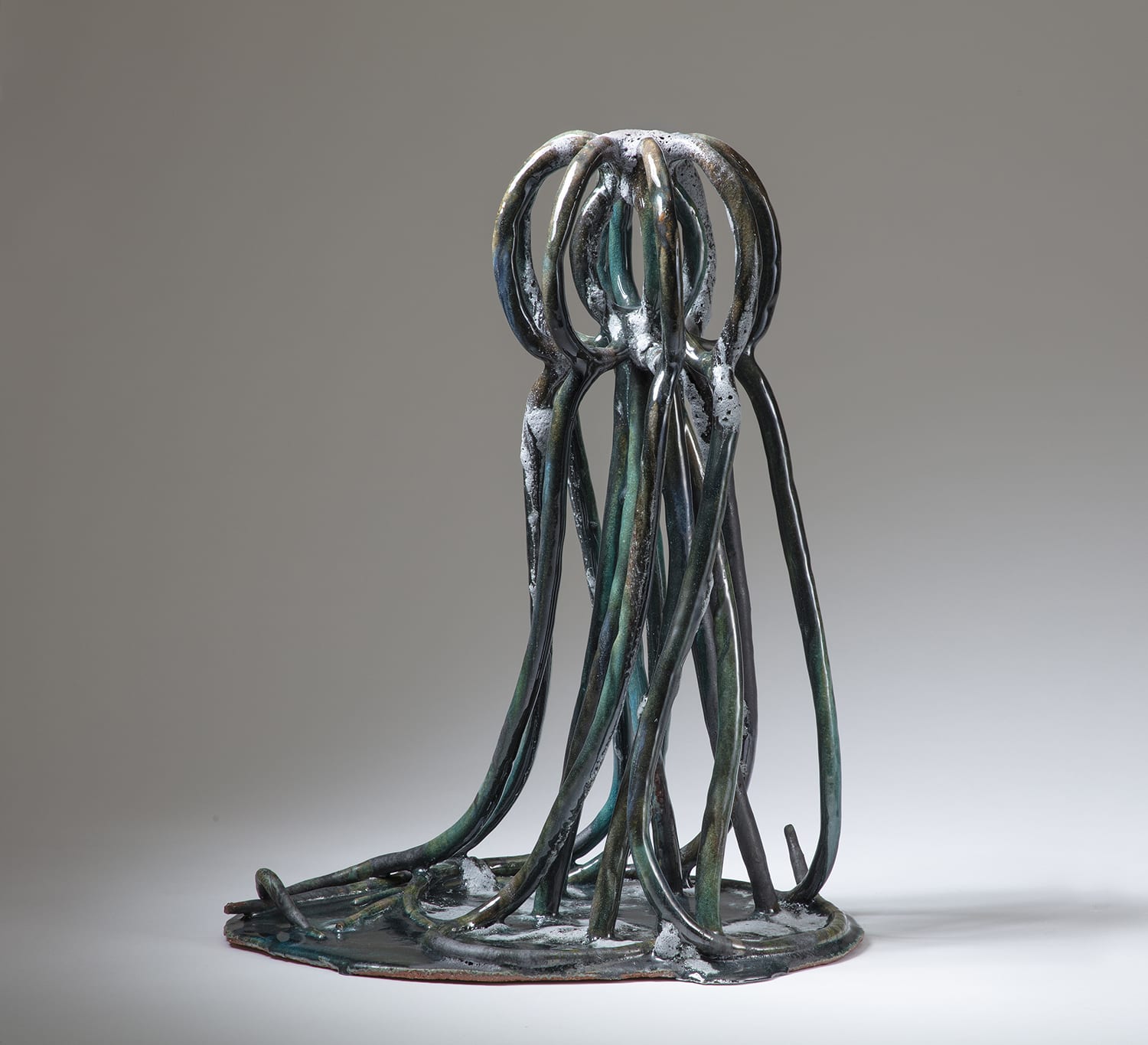
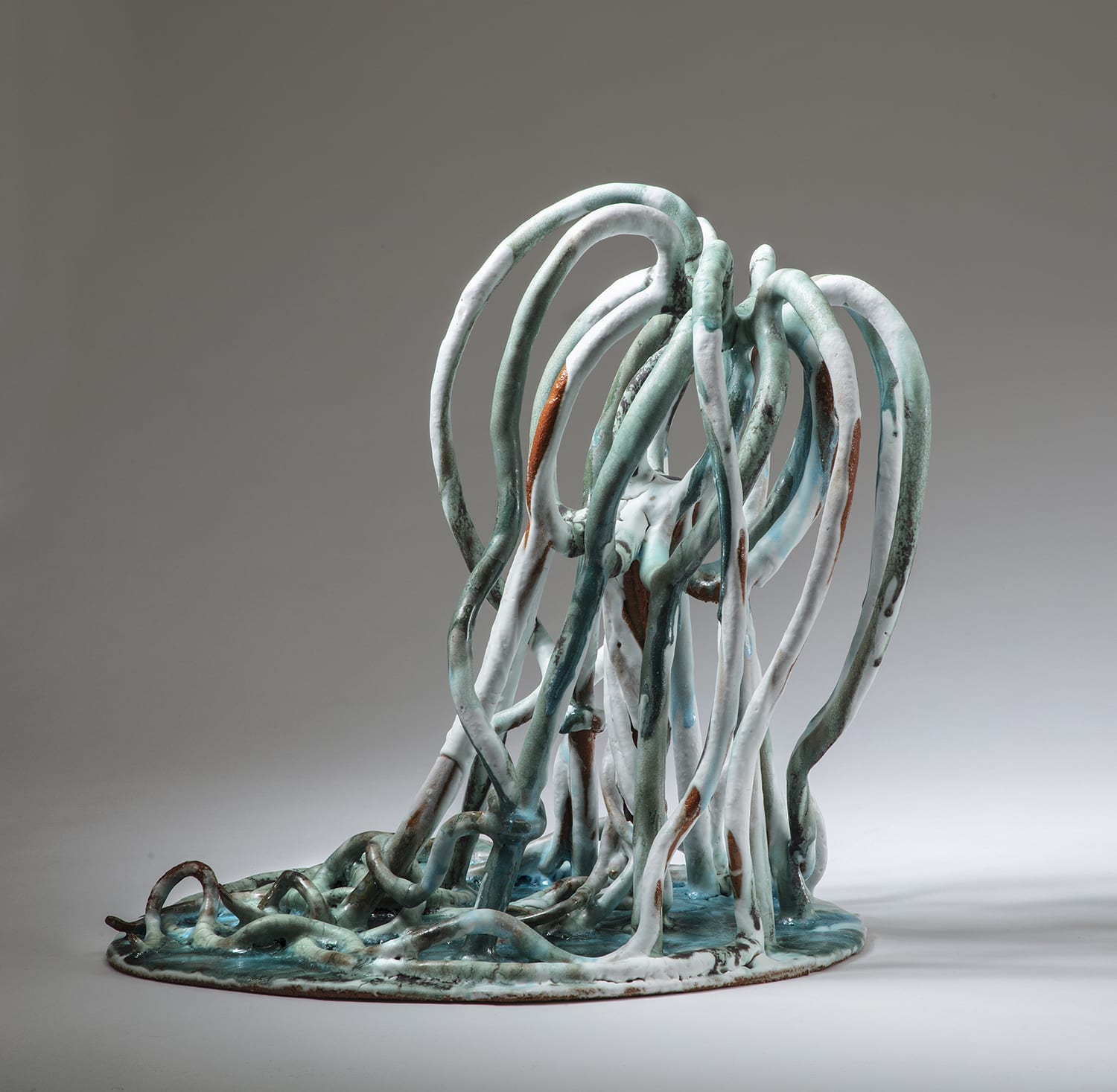
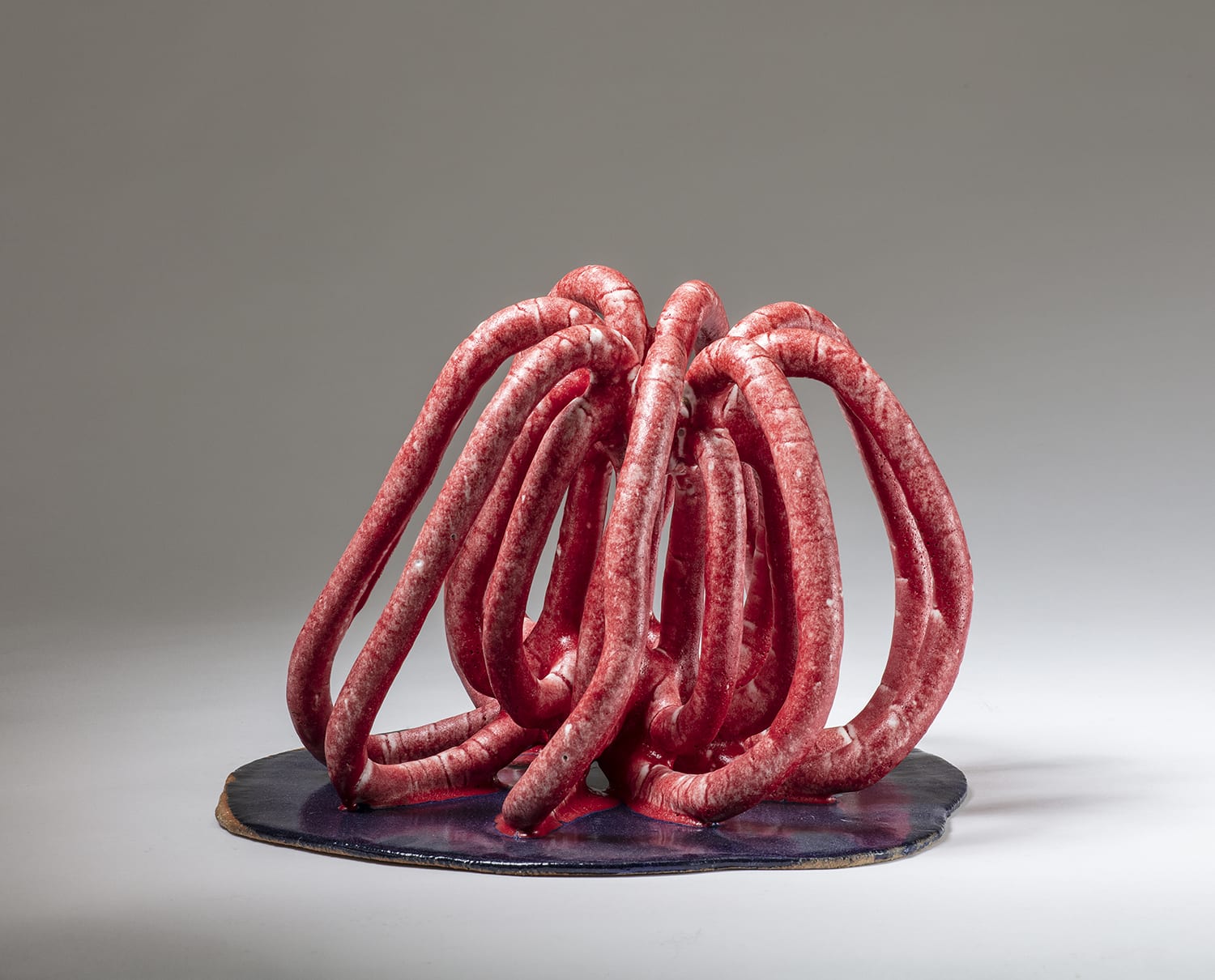
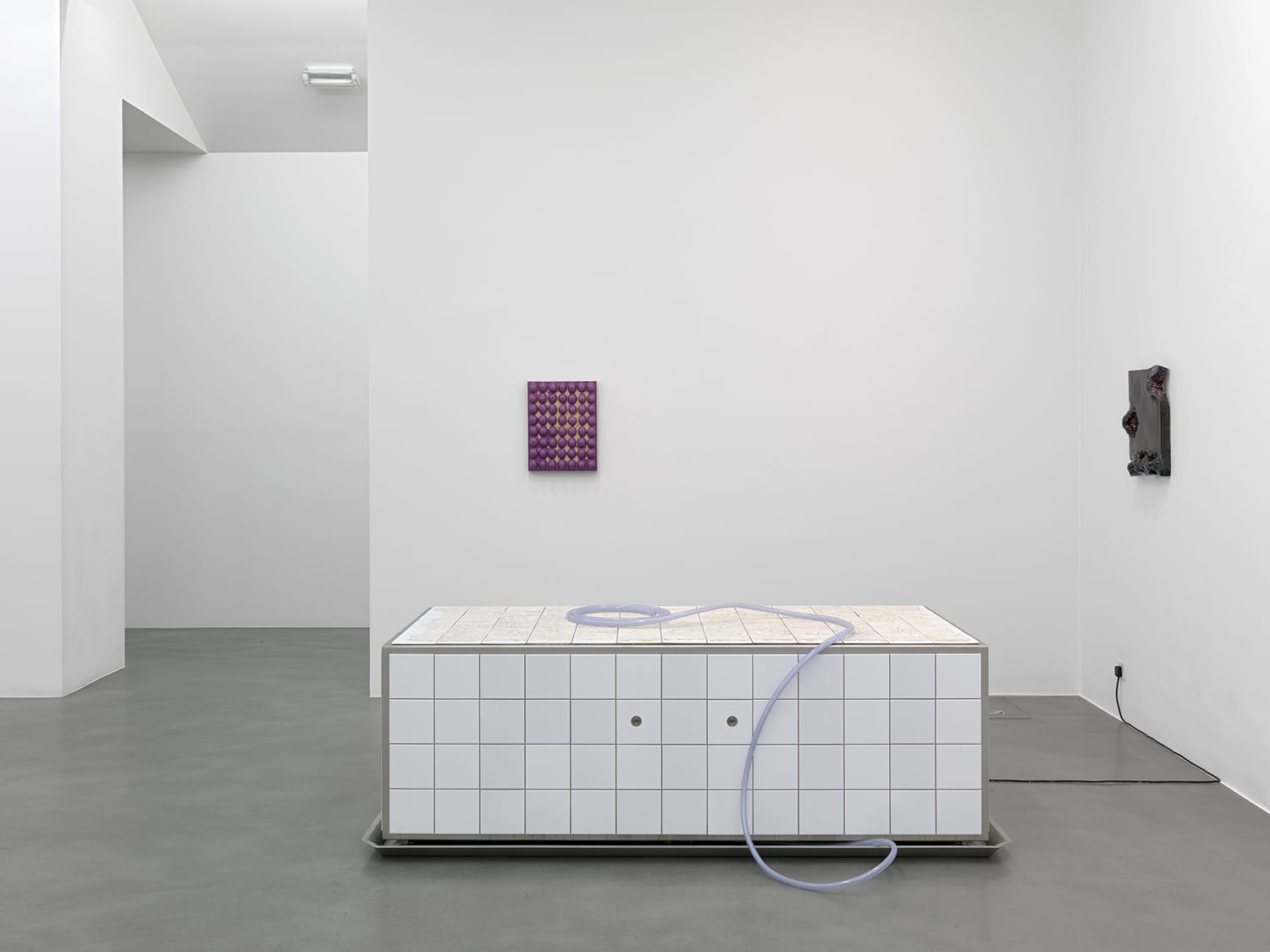




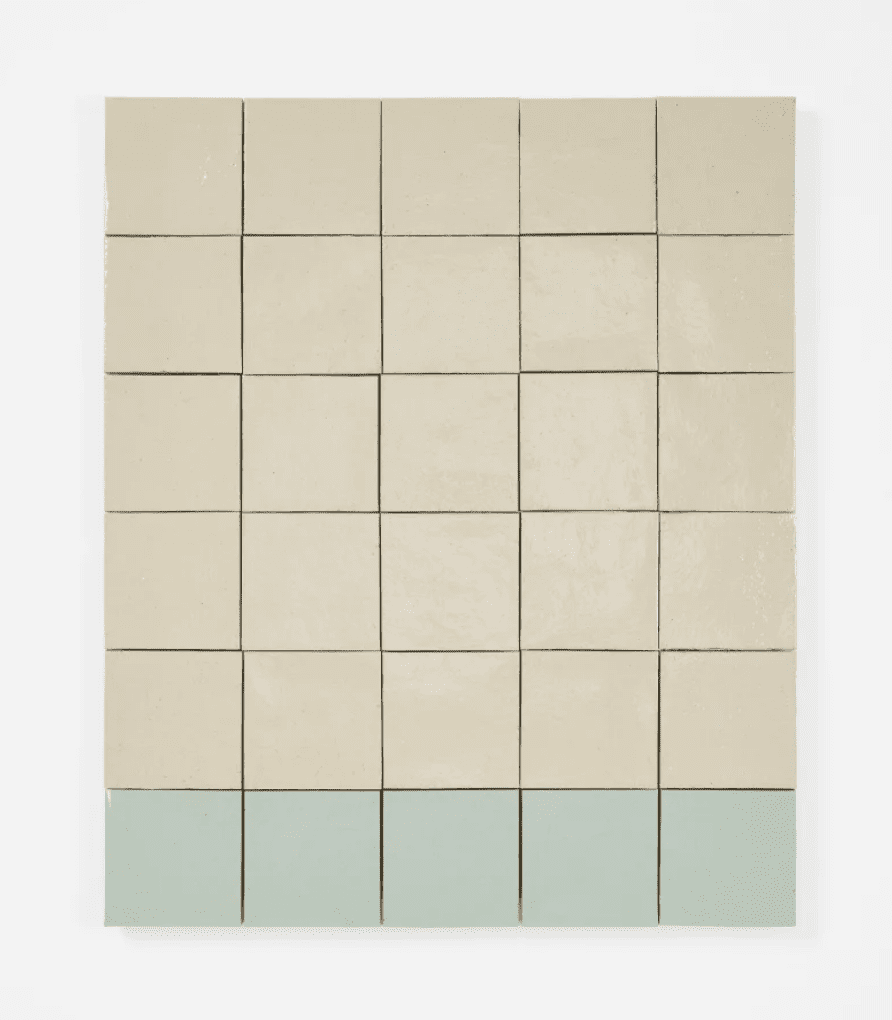
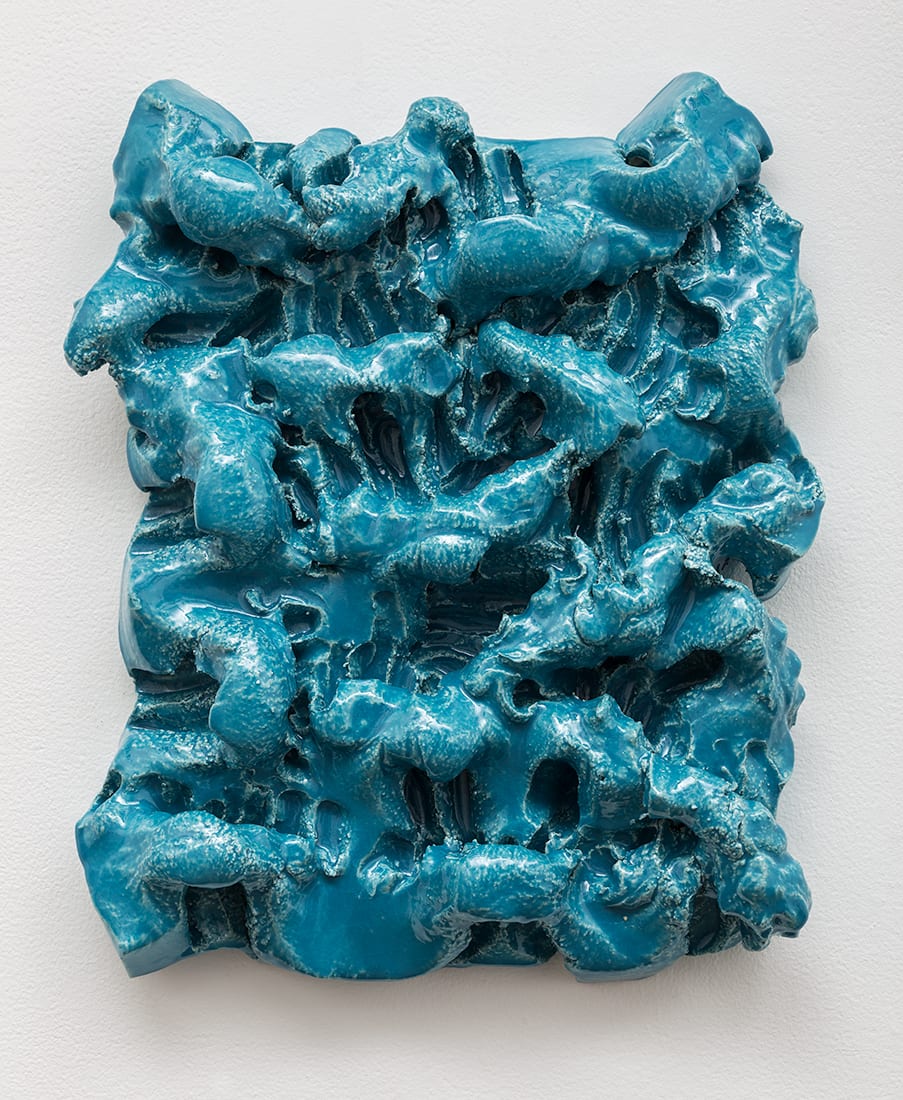
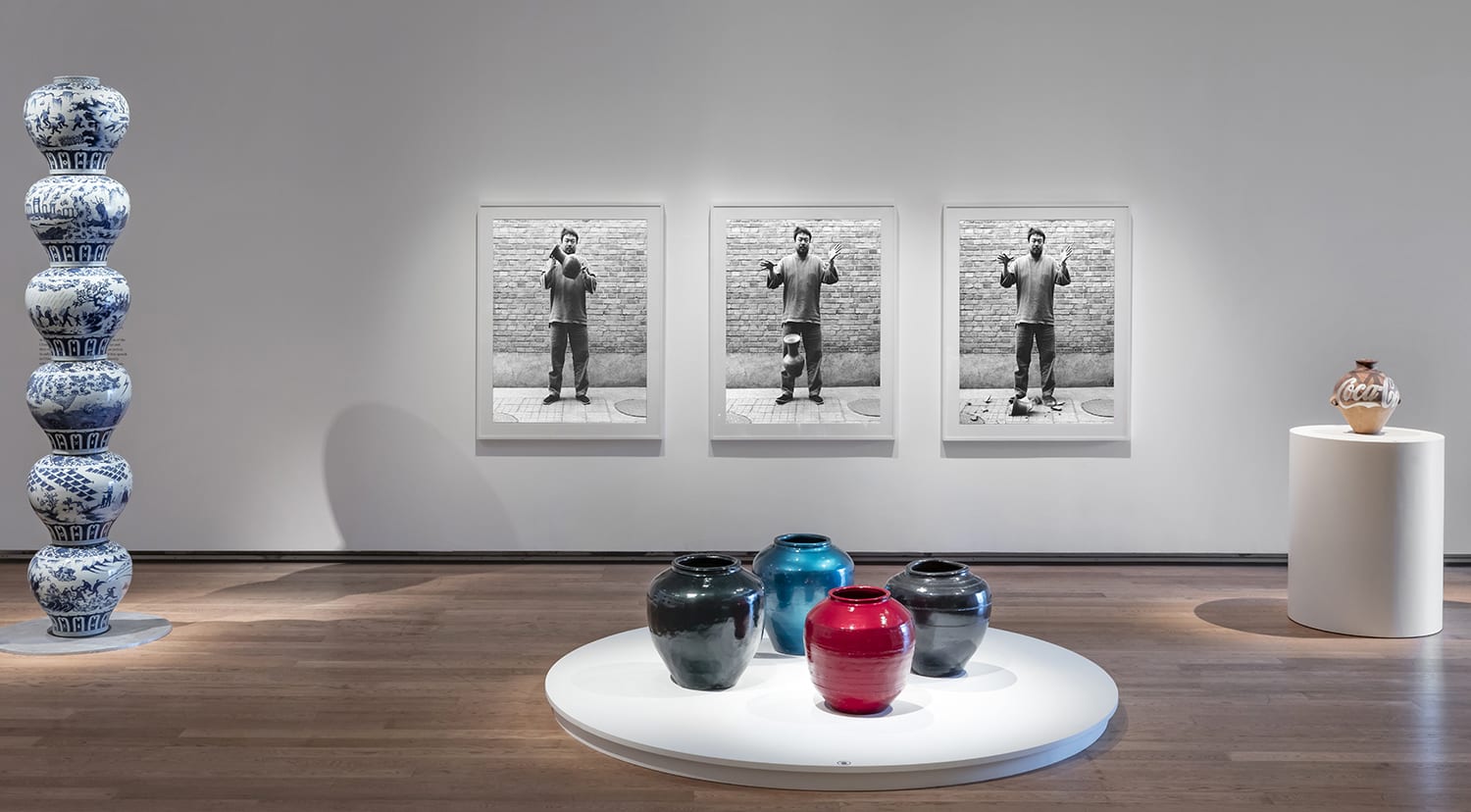

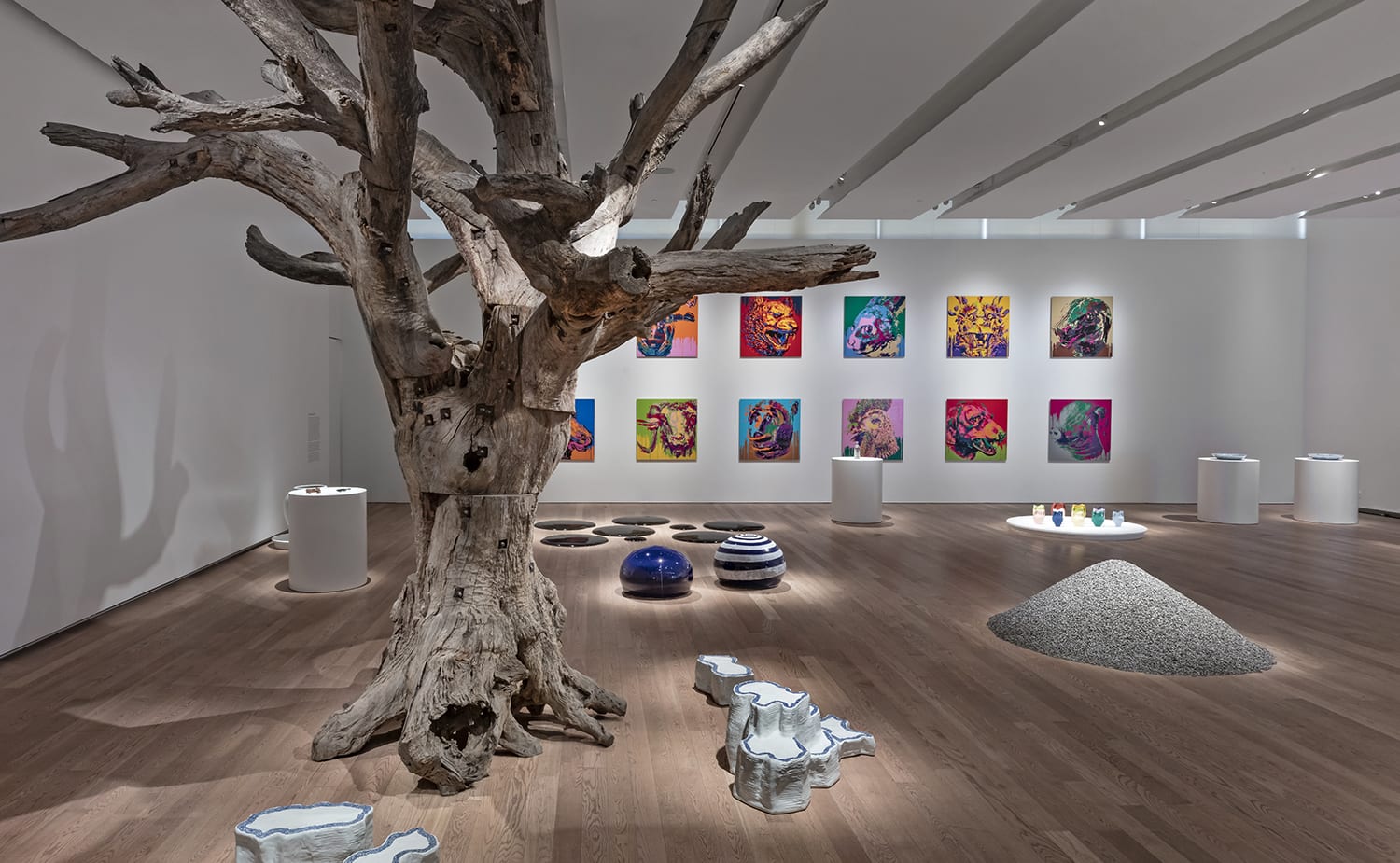
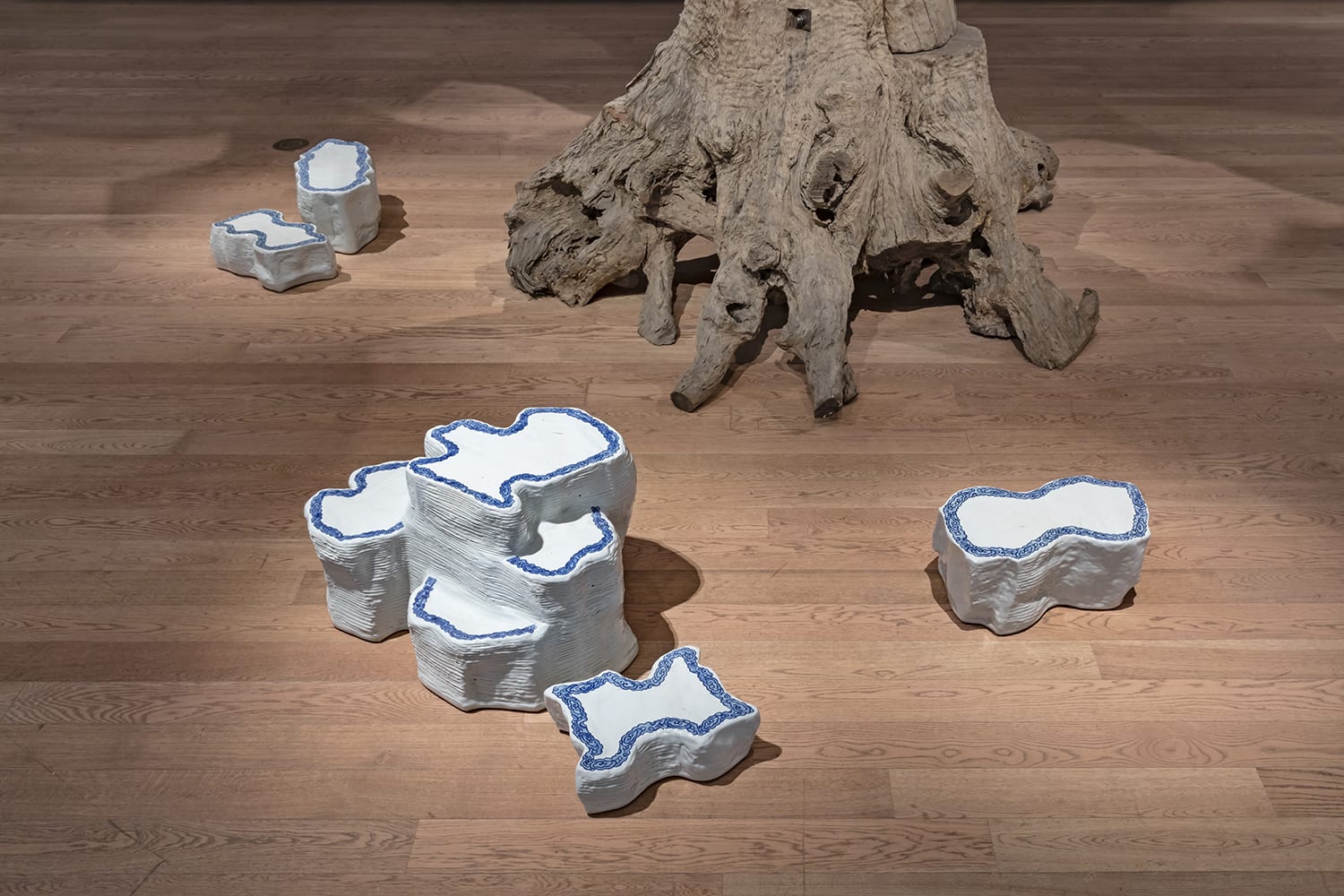
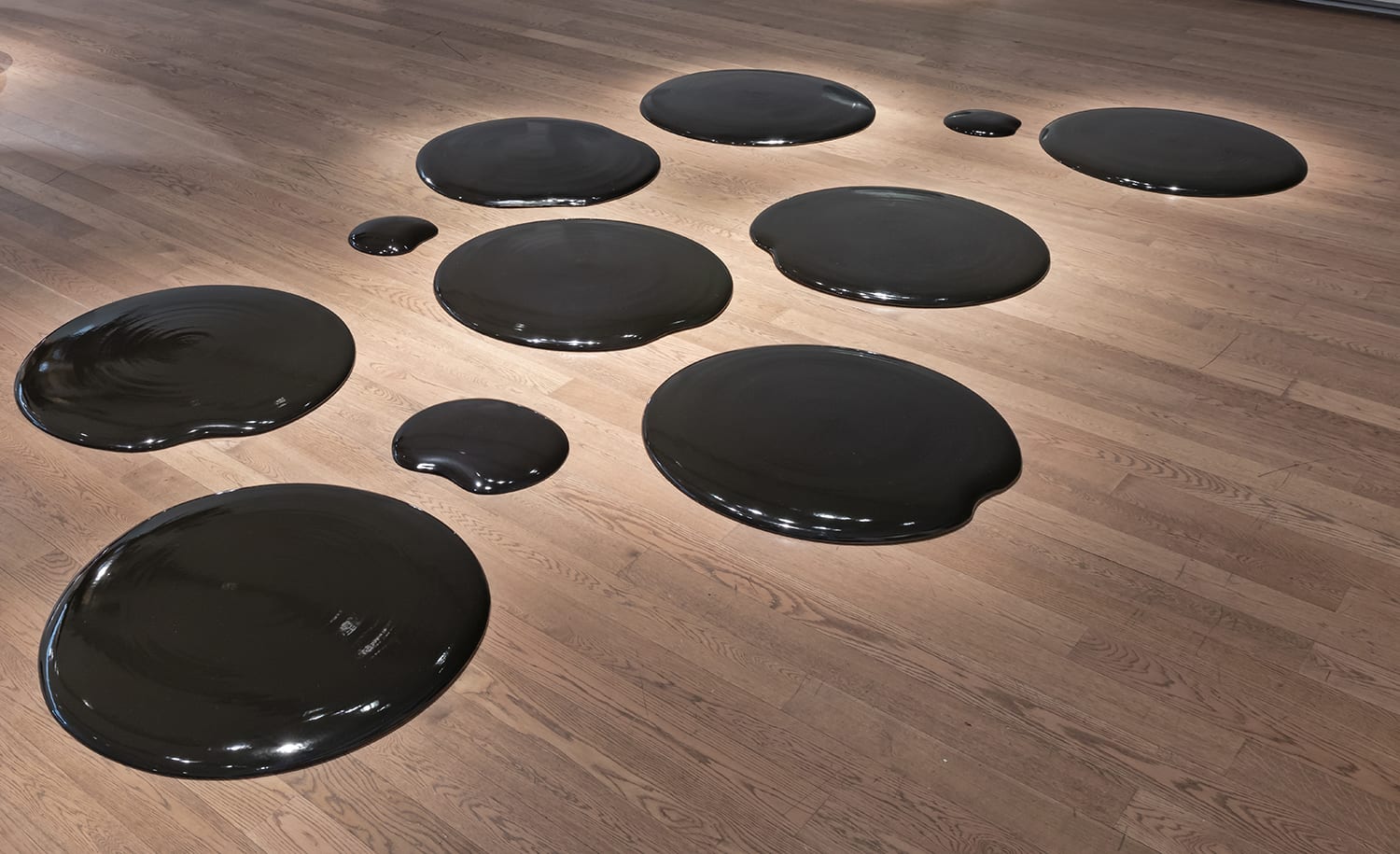
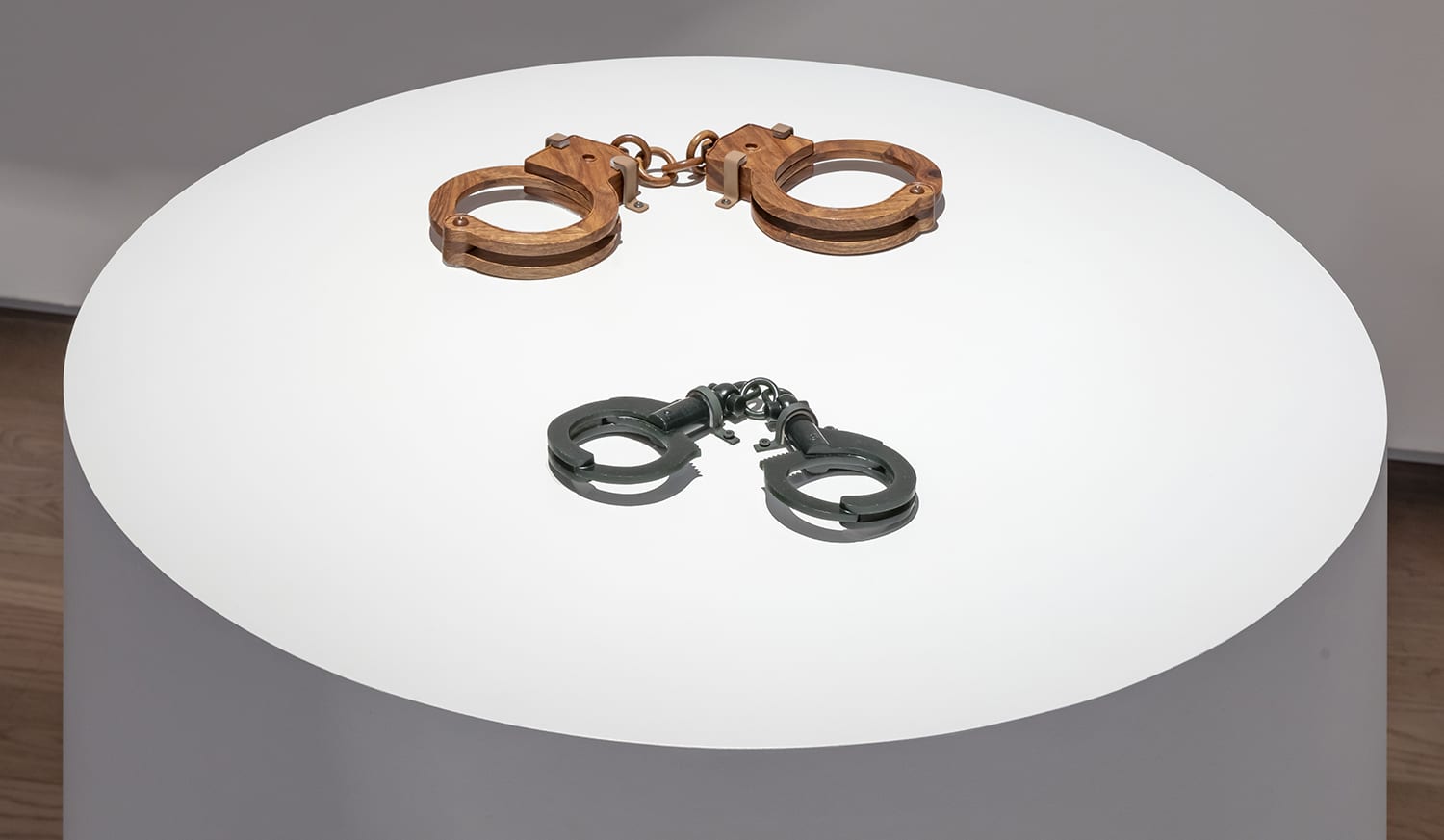
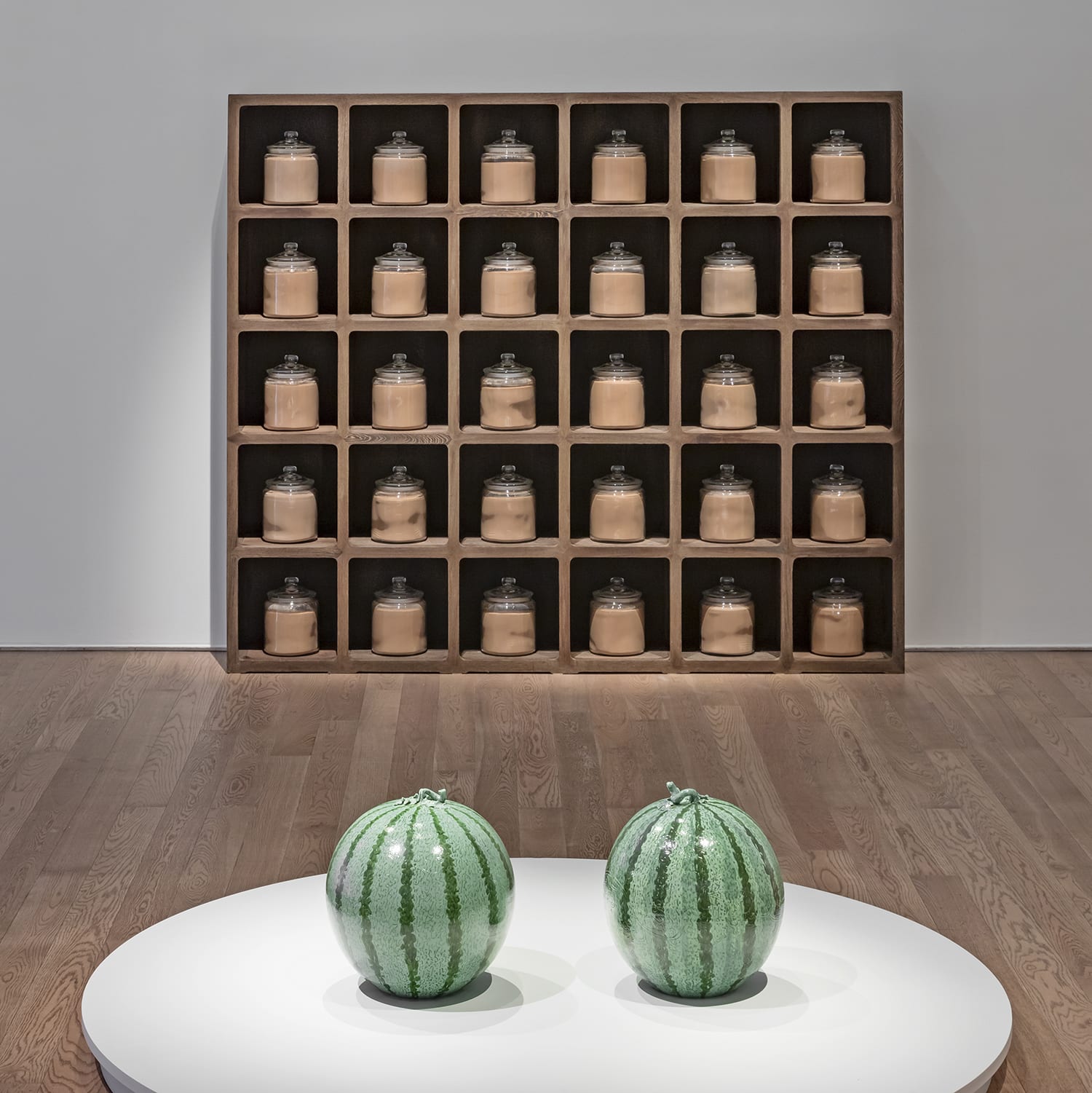
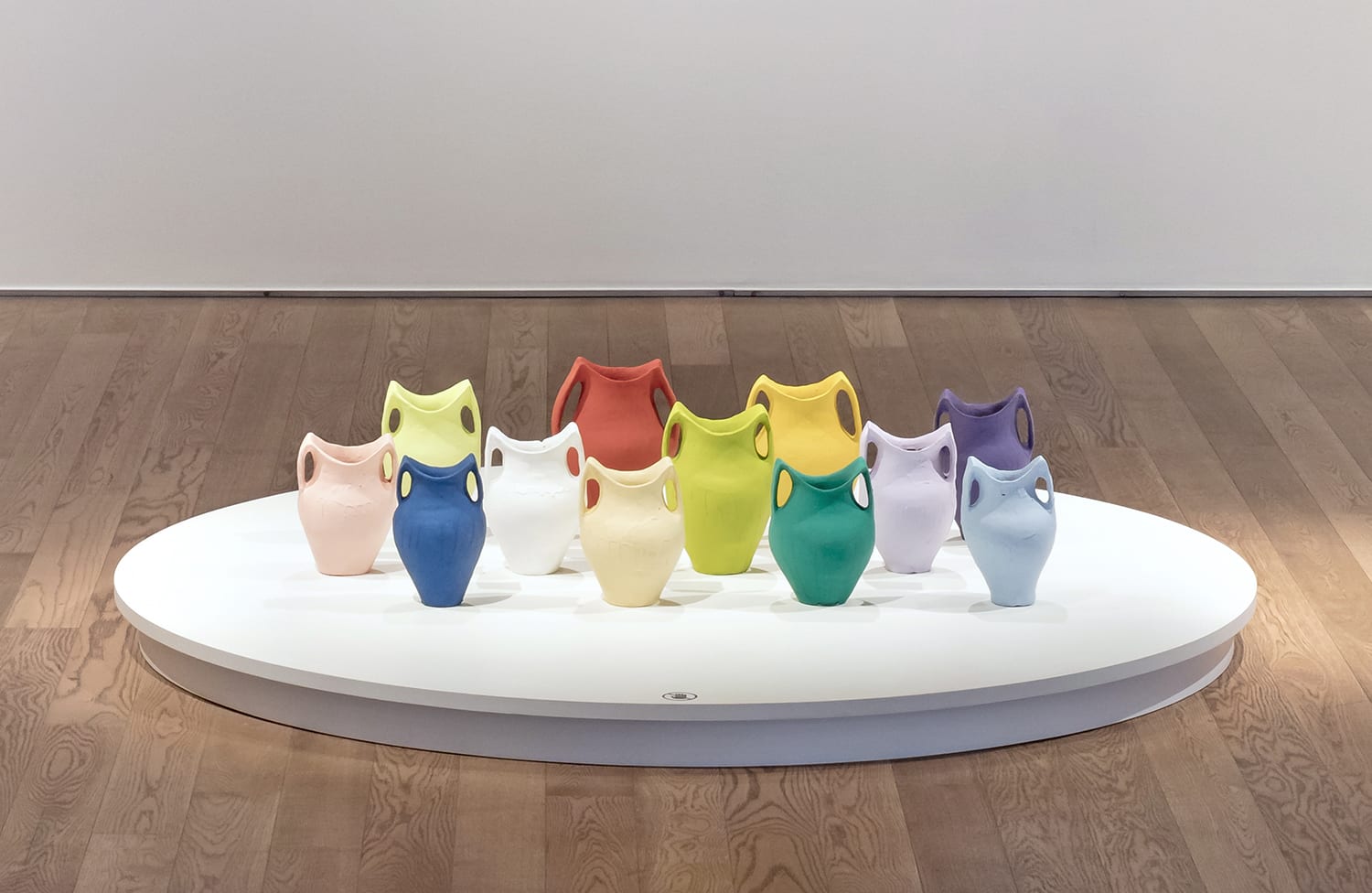
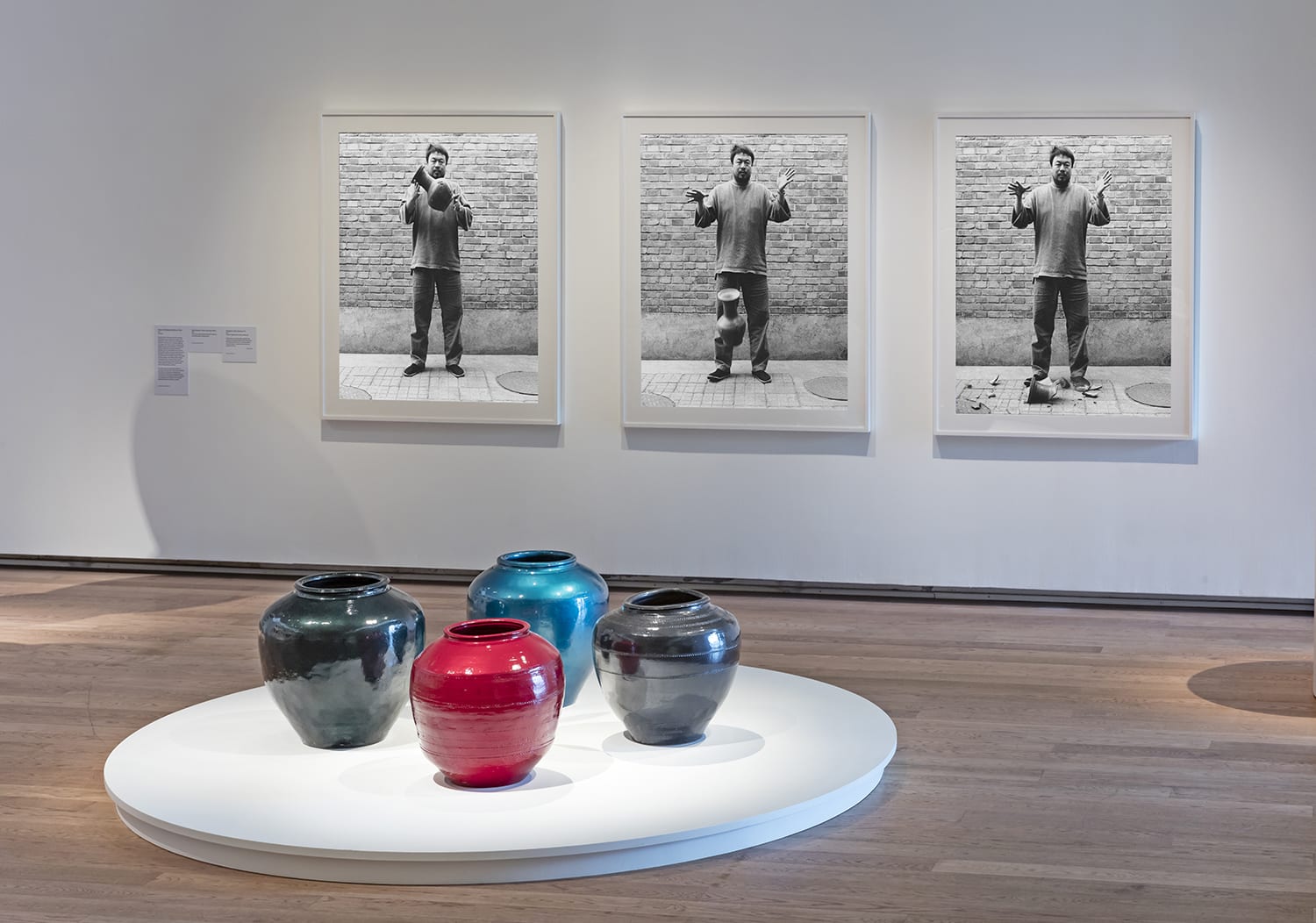
Add your valued opinion to this post.